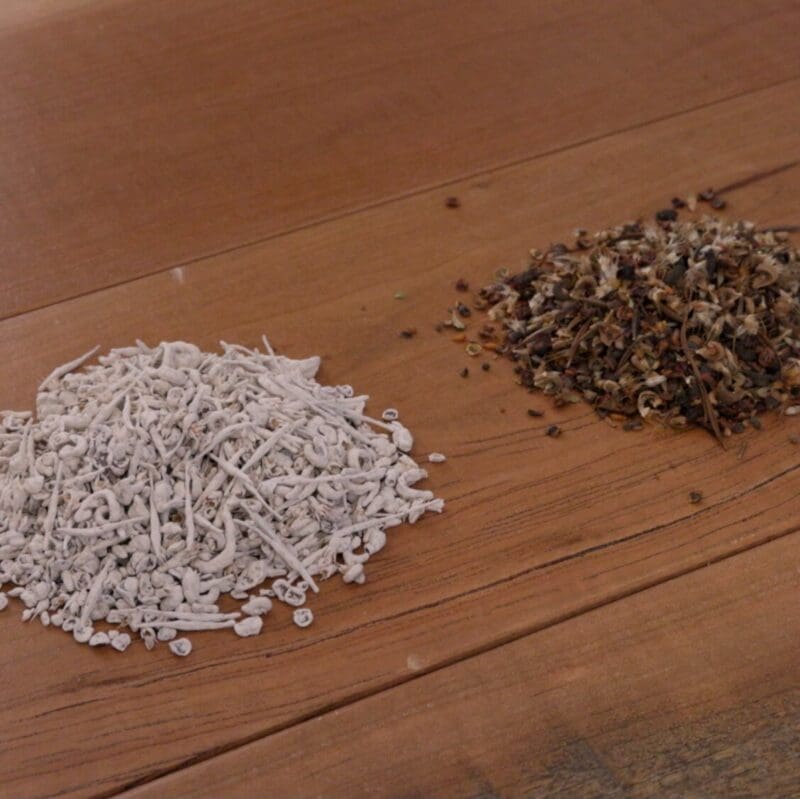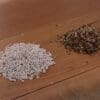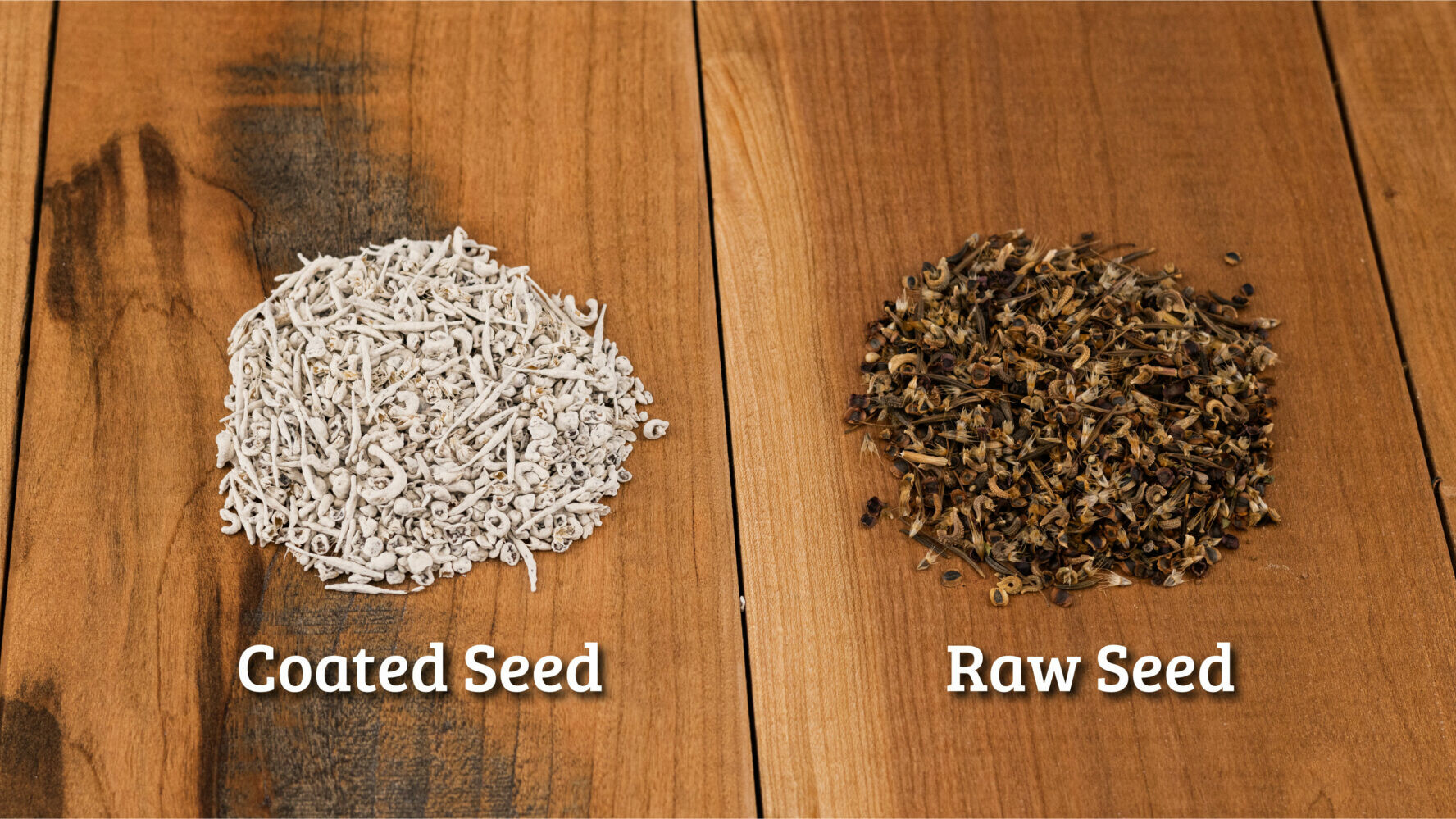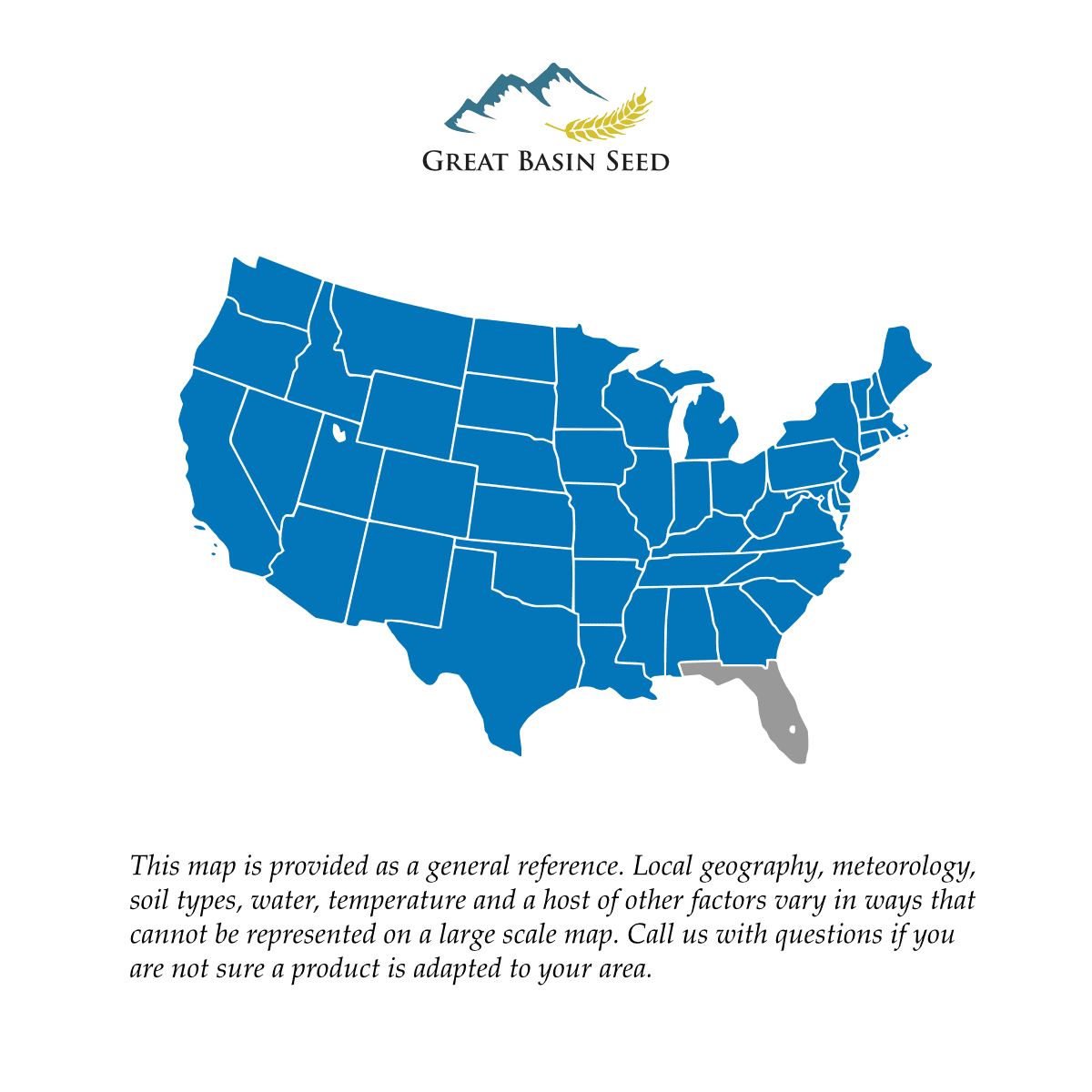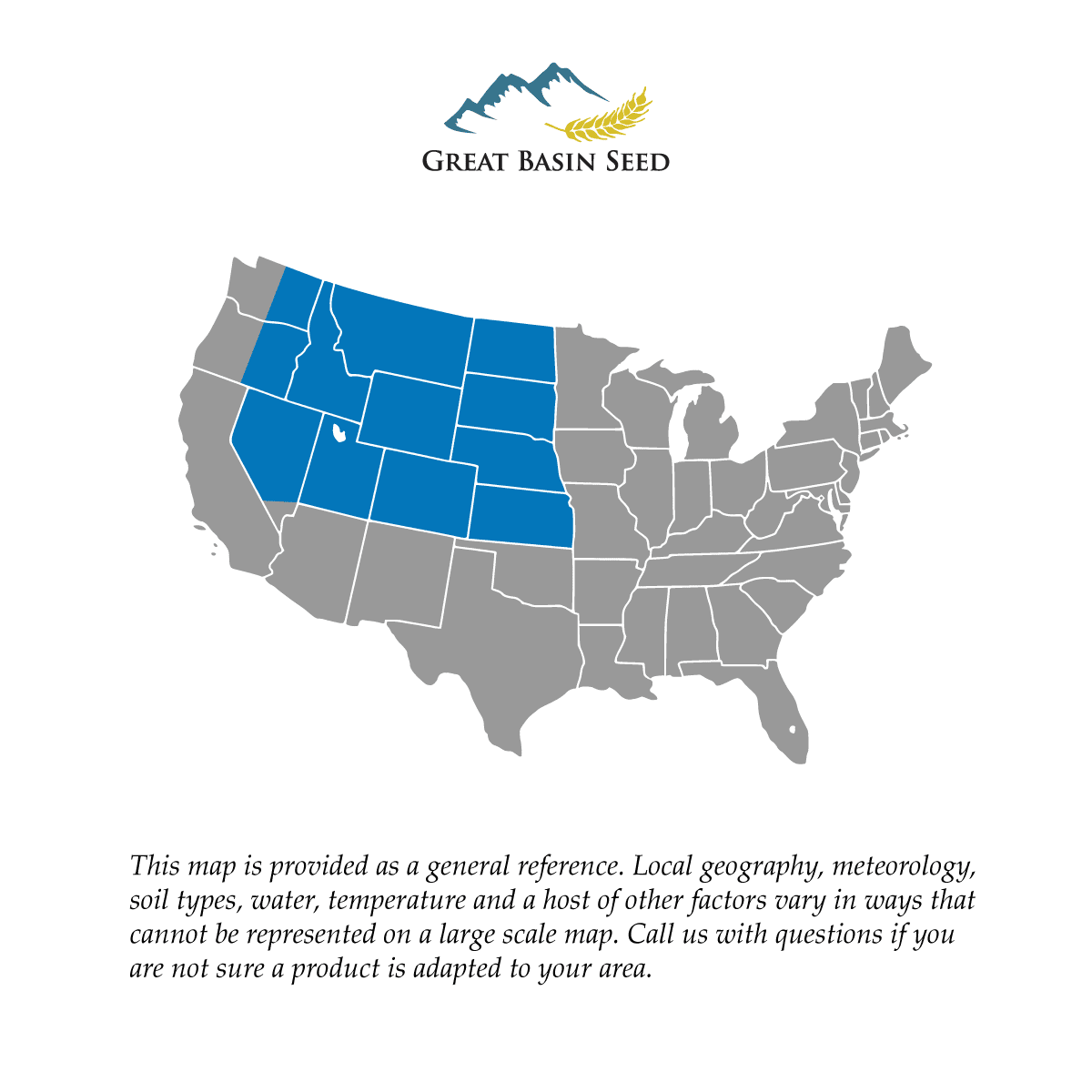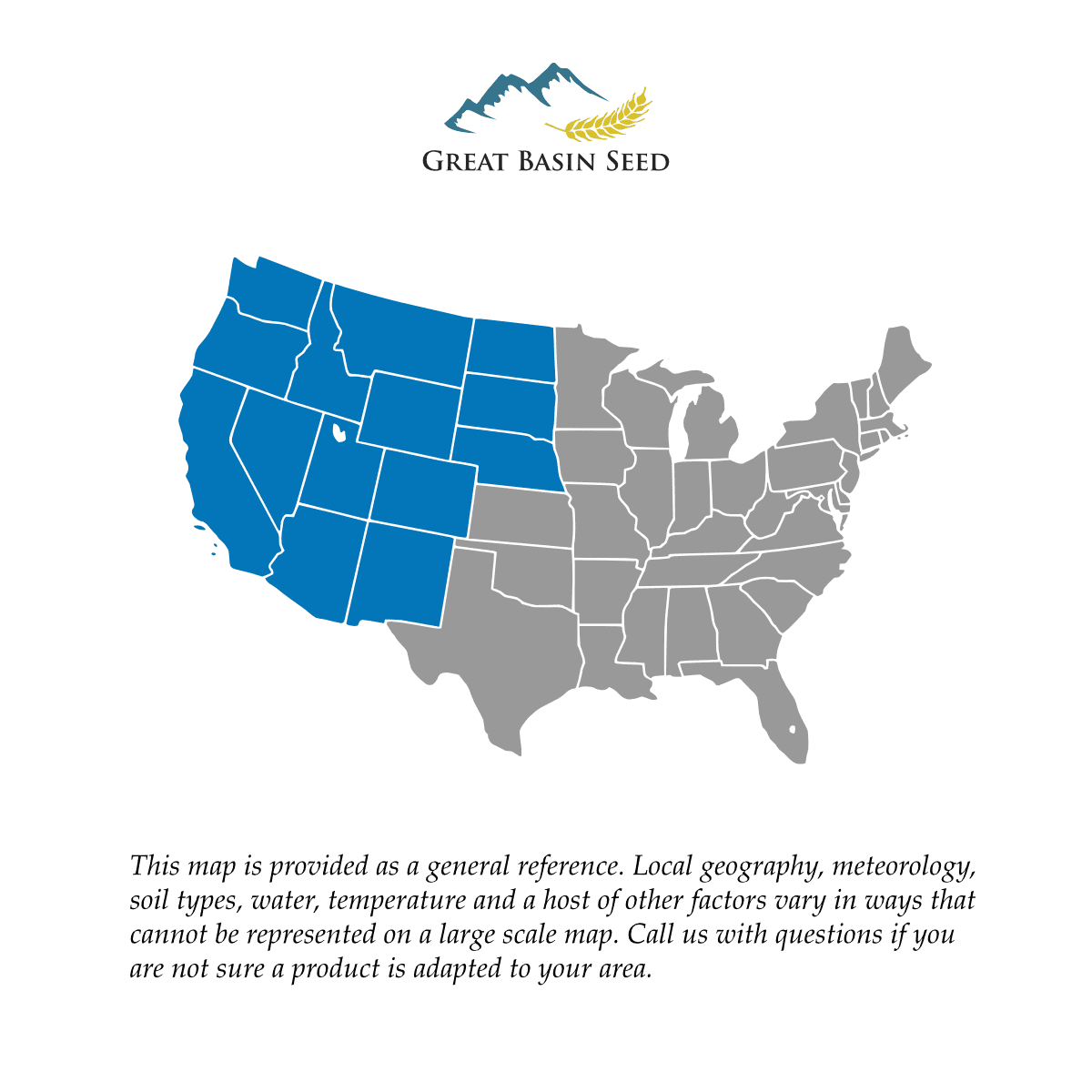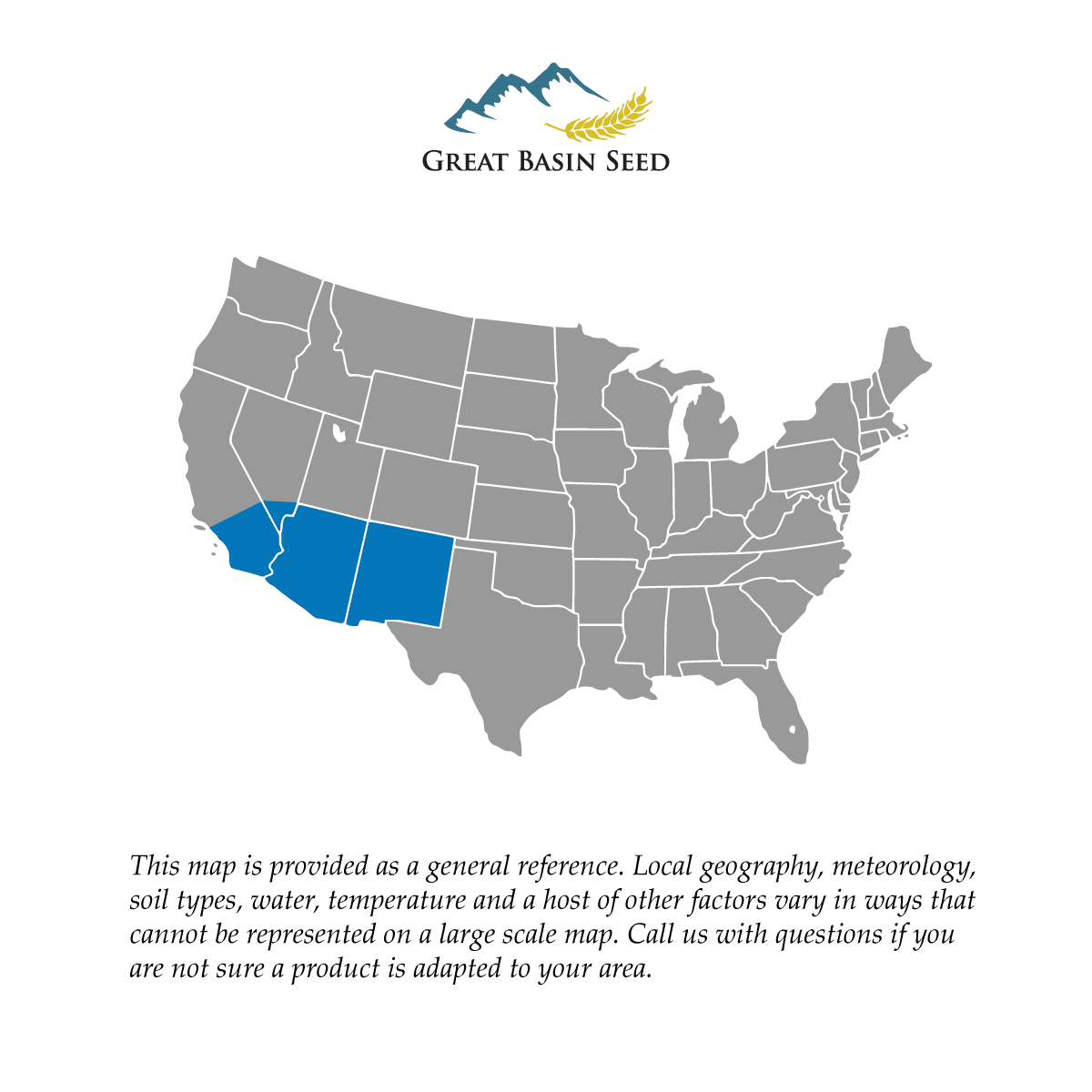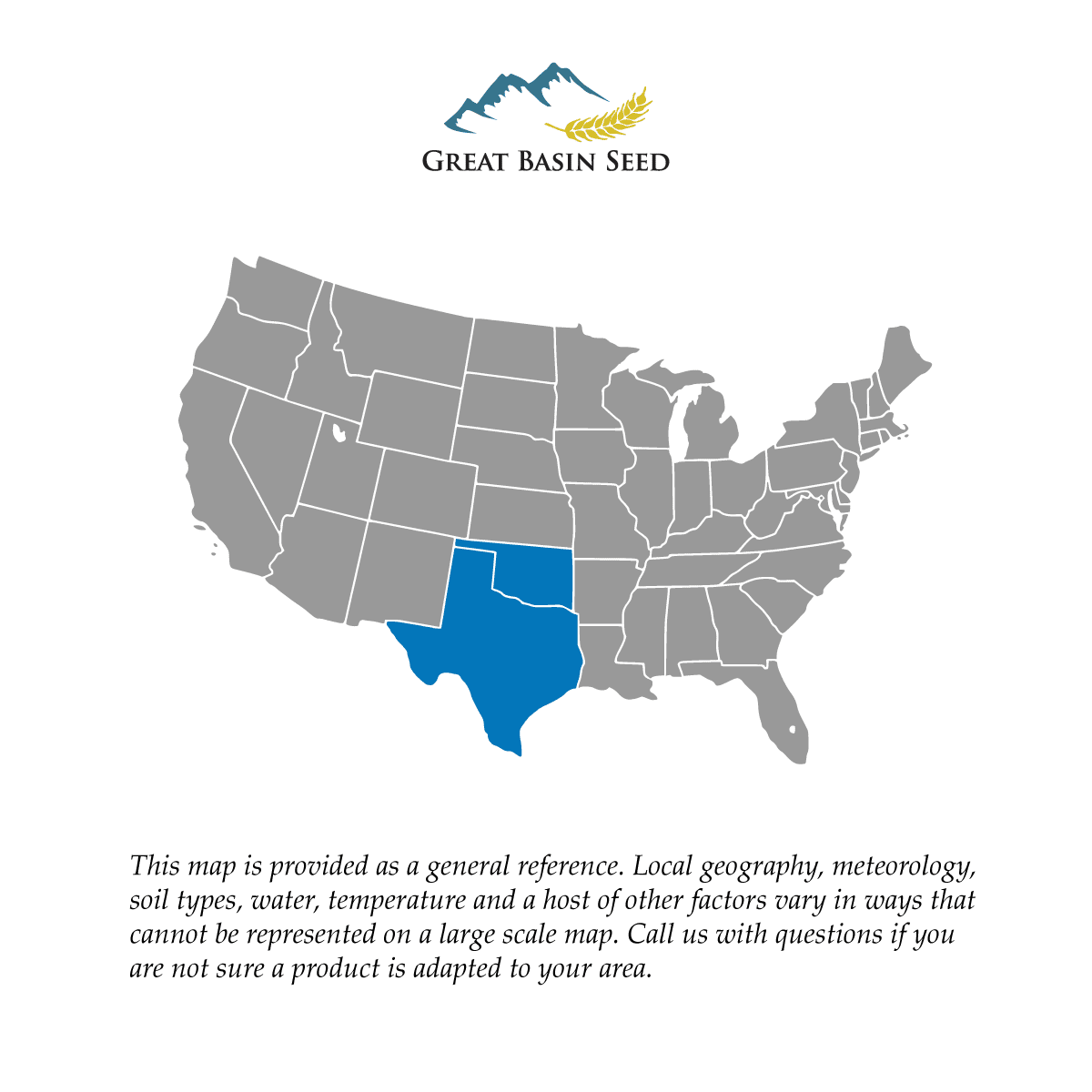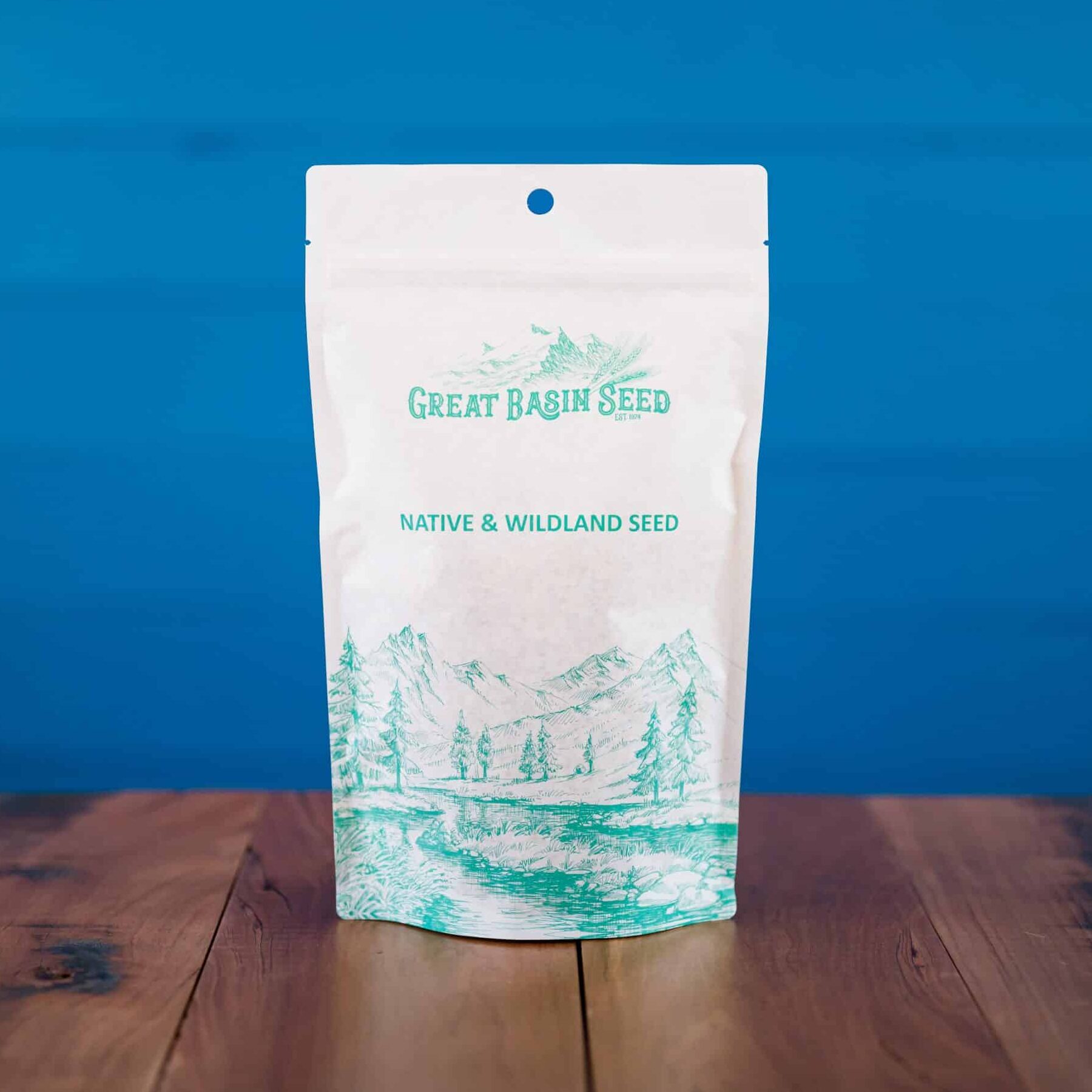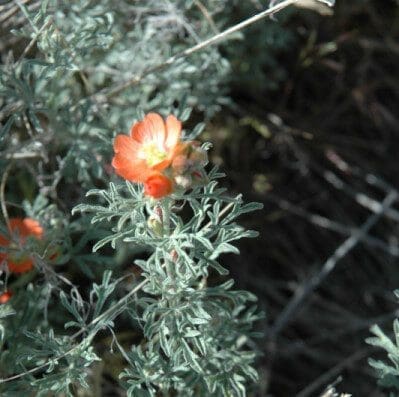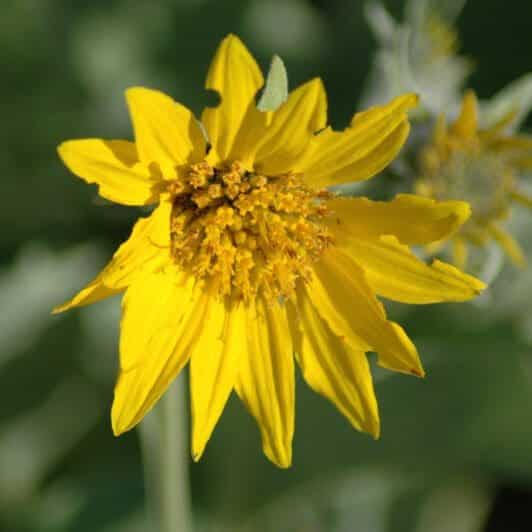Beneficial Bug Flower Mix is a seed mixture that attracts beneficial insects to your yard and garden. Beneficial insects include lacewings, lady beetles, hover flies, and parasitic wasps. These beneficial insects help to destroy harmful garden pests such as aphids, thrips and mites.
Our Beneficial Bug Flower Mix is available in 1 lb. cotton bags and is suitable for the following areas:
Canada
Midwest
Northeast
Northwest
Southeast
Southwest
Texas/Oklahoma
Western
***Click on the “Quick Plant Facts” tab above for more information.
For more: Wildflower Mixtures
COATED WILDFLOWER SEEDS IN ACTION
Watch Noah explain the benefits of seed coating and the dramatic improvements our wildflower mixes!
Tip #1 : Gentle Water
To prevent seeds from being dislodged or washed out, begin establishment by watering with a rain can or some other form of gentle application. Avoid watering directly with a garden hose. For large areas, gentle sprinkler application is acceptable.
Tip #2 : Maintain soil integrity
Continue gentle water application after plant emergence. Tender seedlings are susceptible to soil disturbance, and roots can be easily broken-off or dislodged.
Tip #3 : Attentive water schedule
Water once a day for at least four weeks. Wet or humid climates may require less. Arid climates may require twice daily. Once establishment has begun and plants are 3-4 inches tall, slowly transition from high-frequency low-duration watering to low-frequency high-duration watering.
Benefits of Coated Wildflower Seeds
Great Basin Seed wildflower mixes are coated for a number of sowing and establishment enhancements:
Seeds Wont Blow Away
Nature has designed many wildflower seeds to cary on the wind. Coated seed stays where you put it.
You Can See Where You've Sown
Wildflower seeds are earth-tones and raw seed is difficult to see. Bright colored coated seed means you can see where seed is sown.
Deters Birds and Rodents
Seed coating makes seed unrecognizable to rodents and birds and coating deters them from eating it.
Improved Seed Distribution
Brightly colored coated seeds aids in even seed distribution, and even allows you to sow heavy in some spots, lighter in others.
Germination & Establishment
Coating holds water and protects tender seedlings during germination, enhancing establishment and stand density.
Reduced Seeding Rate & Savings!
Increased germination rates mean fewer seed can be sown. Higher plant density is achieved with coated seed.
Benefits of seed coating are well documented, and it saves you $$$
Seed coatings offer a number of significant benefits over raw seed. These benefits are evident in the application of seed (sowing) and in the development of the seed once it is planted. Other sectors of the seed industry have been applying coating to seeds for decades with great results. The benefits are well documented.
Beat the Wind: Mother nature has created brilliant and intriguing methods of disbursing seed. Many wildflowers have plumes or hairs that catch wind and spread them, sometimes miles away. This is a great attribute for the survival of a species. It’s not so great if you want your flower seeds to stay in place! Seed coating flattens the plumes and hairs and helps seed stay in place. Additionally, the coating makes the seed heavier so it resists movement and “sets” more firmly in the soil surface. These characteristics all enhance germination and result in more plants per square foot – and healthier plants, too!
See where you’ve sown: Raw (raw = not coated) wildflower seeds are earth tone colors. Some wildflower seeds are the same size as a grain of sand, making them even more difficult to see. When they are spread on the ground they are nearly invisible. A consequence of that is that wildflower mixes are frequently either over-seeded (too much seed) or under-seeded (not enough seed) or are sown in mosaics and patches. Our wildflower mixes are coated with bright colors that contrast with the ground so you can see exactly where you’ve spread seed and can adjust density to your liking. The result is an even stand of wildflowers, and you don’t waste seed!
Deter Birds and Rodents: Seeds are the primary food source for most birds and rodents. They can carry away a considerable percentage of your seeds, leaving you a thinned-out, weak stand of flowers. Coating can deter birds and rodents from eating your seeds in two ways; the seed is camouflaged under the seed coating and it no longer looks like a seed, and it resembles a dirt clod.
Better Germination and Establishment: Seed coating improves the viability, vigor and longevity of seedlings and plants. Because coating sets the seed firmly in the soil, roots achieve faster and more stable contact with the earth. This allows the plants to rapidly draw nutrients from outside the seed. Coating absorbs and holds moisture, reducing the chance they dry out during emergence. When plants start strong, they stay strong, and the longevity and quality of your flowers are improved once the plants are grown.
SAVE MONEY!: Sometimes less is more, and when you coat seed less is definitely more. Because of the attributes mentioned above you get higher stand density (more plants per square feet) with less seed because more seeds germinate and emerge into healthy plants. With coated alfalfa, for example, most farmers achieve the same stand density with 10-12 pounds of coated seed that they achieve with 18-20 pounds of raw seed. In our trials, we achieved 50% more stand density with coated wildflower seeds than with raw seed. This means that you can cover the same area with half as much seed, saving you considerable money!
SOW LESS SEED PER SQUARE FOOT
ACHEIVE HIGHER STAND DENSITY
SAVE MONEY, GET BETTER RESULTS
less seed, better results
STRONGER SEEDBETTER RESULTS
Coating has proven to enhance the survivability, vigor and persistence of seed. This means you can sow LESS seed per square foot and get BETTER results.
SURVIVABILITY
Many seeds die in the initial phases of the germination process as a result of poor ground contact, insufficient water, wind and exposure. Coating anchors the seed to the ground and holds water, resulting in more successful plants.
SEEDLING VIGOR
Vigor is how strong a seedling is once it sprouts. Coating encapsulates the seed and fosters an environment where seeds can quickly begin pull nutrients from the ground, improving vigor and longevity.
PERSISTANCE
Persistance is the survival of seeds once they have established. Plants that start strong stay strong, resulting in healthy, dense stands of wildflowers.
the right seed density
DETERMINE YOURSEEDING RATE
Your seeding rate will be determined by your goals and the planting site, but we can give you a few pointers…
BASE SEEDING RATE
The base rate for wildflower mixes is 1 pound per every 8,000 square feet. Increase the seeding rate for higher stand density.
NATURALIZED, OPEN AREAS
Naturalized and open areas are usually larger areas of a yard or planting site where lower plant density is desired. Foot and pet traffic will often go through these areas and plant density is low enough that the flowers are not trampled and feet are not tangled. Plant density may be as low as a few plants per square foot. These areas are usually not manicured and flowers are desired as much for ground cover and weed competition as for beauty and aesthetics. A planting rate of 1 pound per 8,000 square feet is sufficient in these areas. Increase your planting rate to your desired aesthetic.
FLOWER BEDS, PLANTER BOXES
Heavier plant density is generally desired in manicured flower beds and planter boxes. Foot traffic usually goes around these kinds of planting sites, not through them. These are usually areas that are smaller than 2,000 square feet. Plant density will be very high with many plants per square foot. The planting rate shown in the photos at left approximates a seeding rate of 1 pound per 2,000 square feet.
Wildflower Mixes for Every Region
Regional wildflower mixes selected for your climate and growing conditions.
Helpful Links
Additional information about this product can be found on the academic websites linked below.
| Image | Common Name | Scientific Name | Flower Colors | Type | Height (inches) |
|---|---|---|---|---|---|
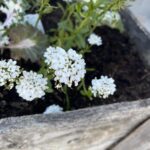 | Candytuft | Iberis umbellata | Purple/White | Annual | 8" - 18" |
 | Siberian Wallflower | Cheiranthus allionii | Orange | Perennial | 10"- 18" |
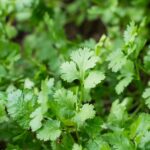 | Cilantro | Coriandrum sativum | Light Pink | Perennial | 24" - 36" |
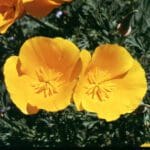 | California Poppy | Eschscholzia californica | Orange | Annual | 6" - 12" |
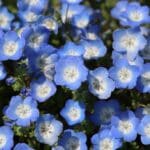 | Baby Blue-Eyes | Nemophila menziesii | Blue-White | Annual | 6" |
 | Dwarf Mixed Cosmos | Cosmos bipinnatus | White/Pink/Red | Annual | 24" - 48" |
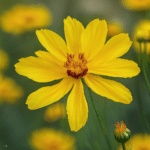 | Lance Leaved Coreopsis | Coreopsis lanceolata | Yellow | Perennial | 12" - 24" |
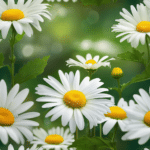 | Shasta Daisy 'Alaska' | Chrysanthemum maximum | White | Perennial | 10" - 30" |
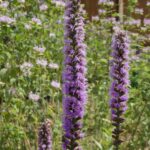 | Gayfeather | Liatris spicata | Purple | Perennial | 24" - 48" |
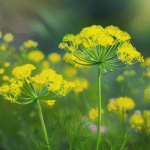 | Dill | Anethum graveolens | Green-Yellow | Annual | 36" - 60" |
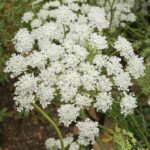 | Bishops Flower | Ammi majus | Green-White | Annual | 36" - 72" |
 | Creeping Daisy | Chrysanthemum paludosum | White/Yellow | Perennial | 6" - 12" |
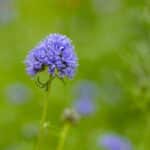 | Gobe Gilia | Gilia capitata | Blue | Annual | 12" - 36" |
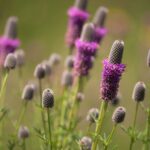 | Purple Prairie Clover | Dalea purpurea | Purple | Perennial | 12" - 36" |
 | Black-Eyed Susan | Rudbeckia hirta | Yellow | Annual | 24" - 36" |
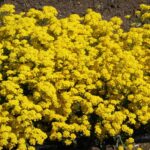 | Basket of Gold | Alyssum saxatile | Yellow | Perennial | 6" - 12" |
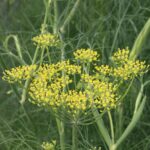 | Fennel | Foeniculum vulgare | Greem-Yellow | Perennial | 36" - 72" |
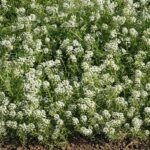 | Tall White Sweet Alyssum | Lobularia maritima Tall White | White | Annual | 8" - 16" |
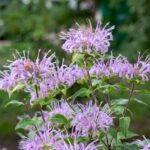 | Bergamot | Monarda fistulosa | Purple | Perennial | 24" - 48" |
| **The mix contents are subject to change |
Additional Information
| Select a Package Size and Quantity | 3 oz. Pouch (covers up to 500 sq. ft.), 1 lb. Cotton Bag (covers up to 6,000 sq. ft.) |
|---|



